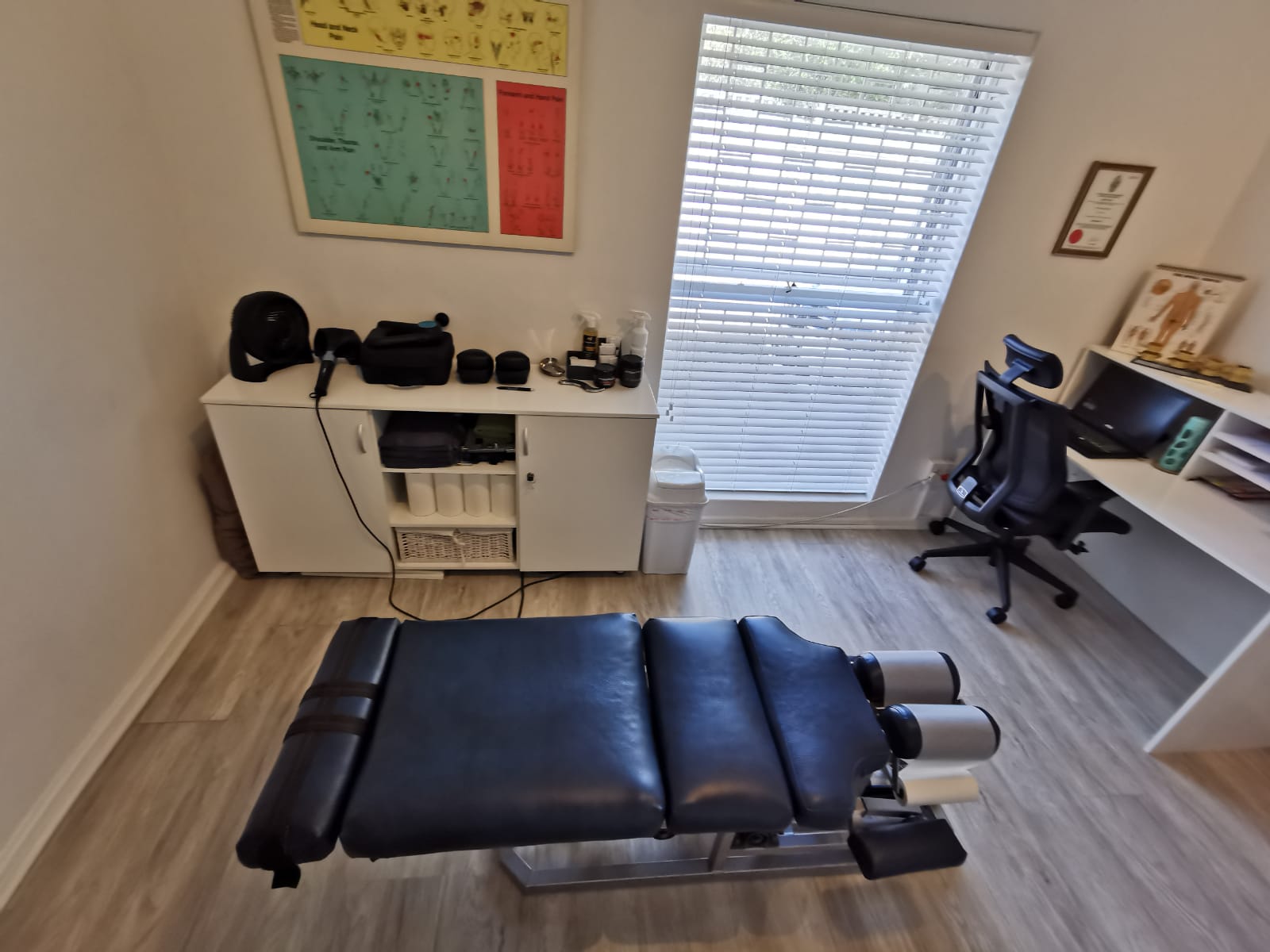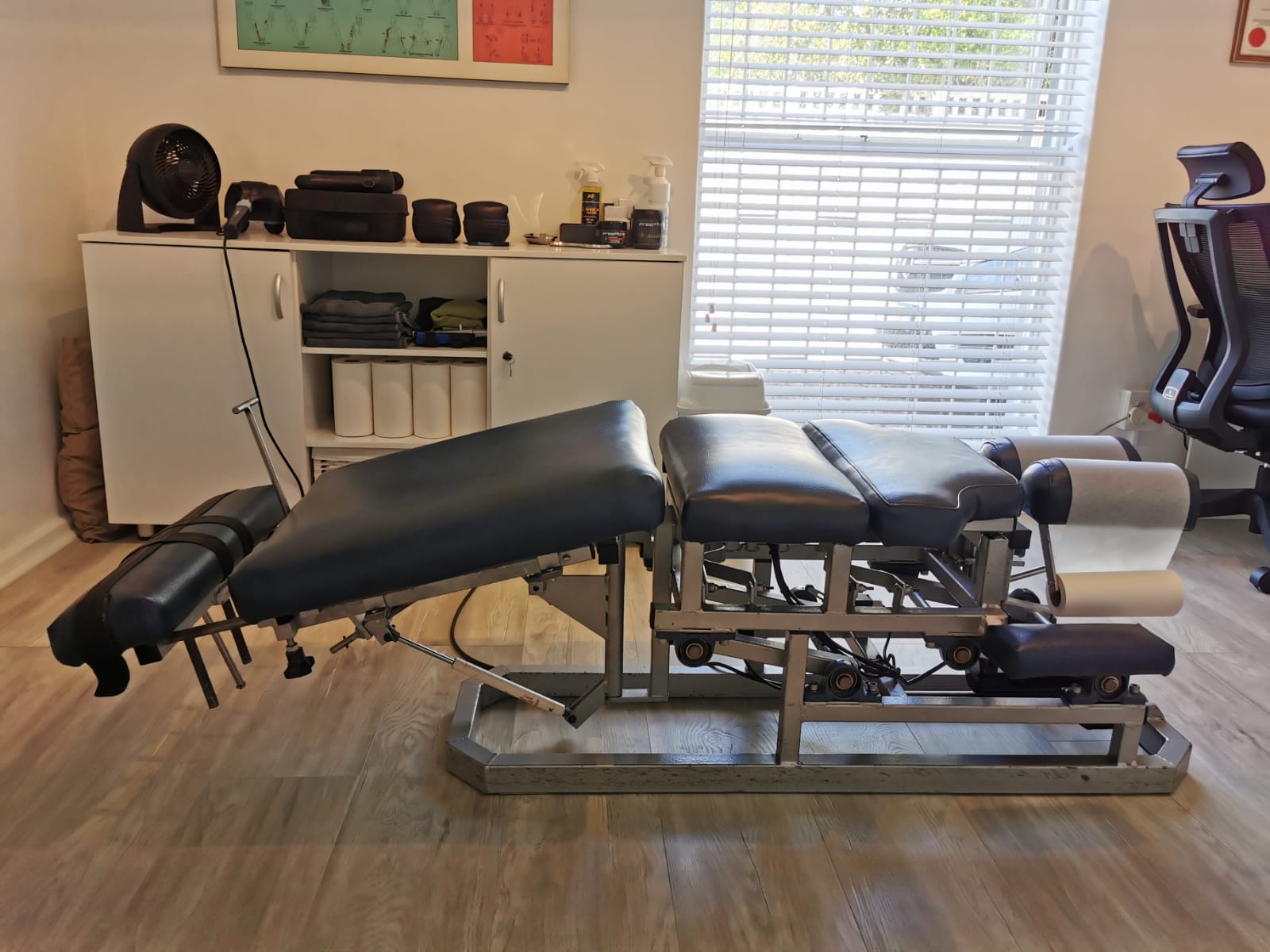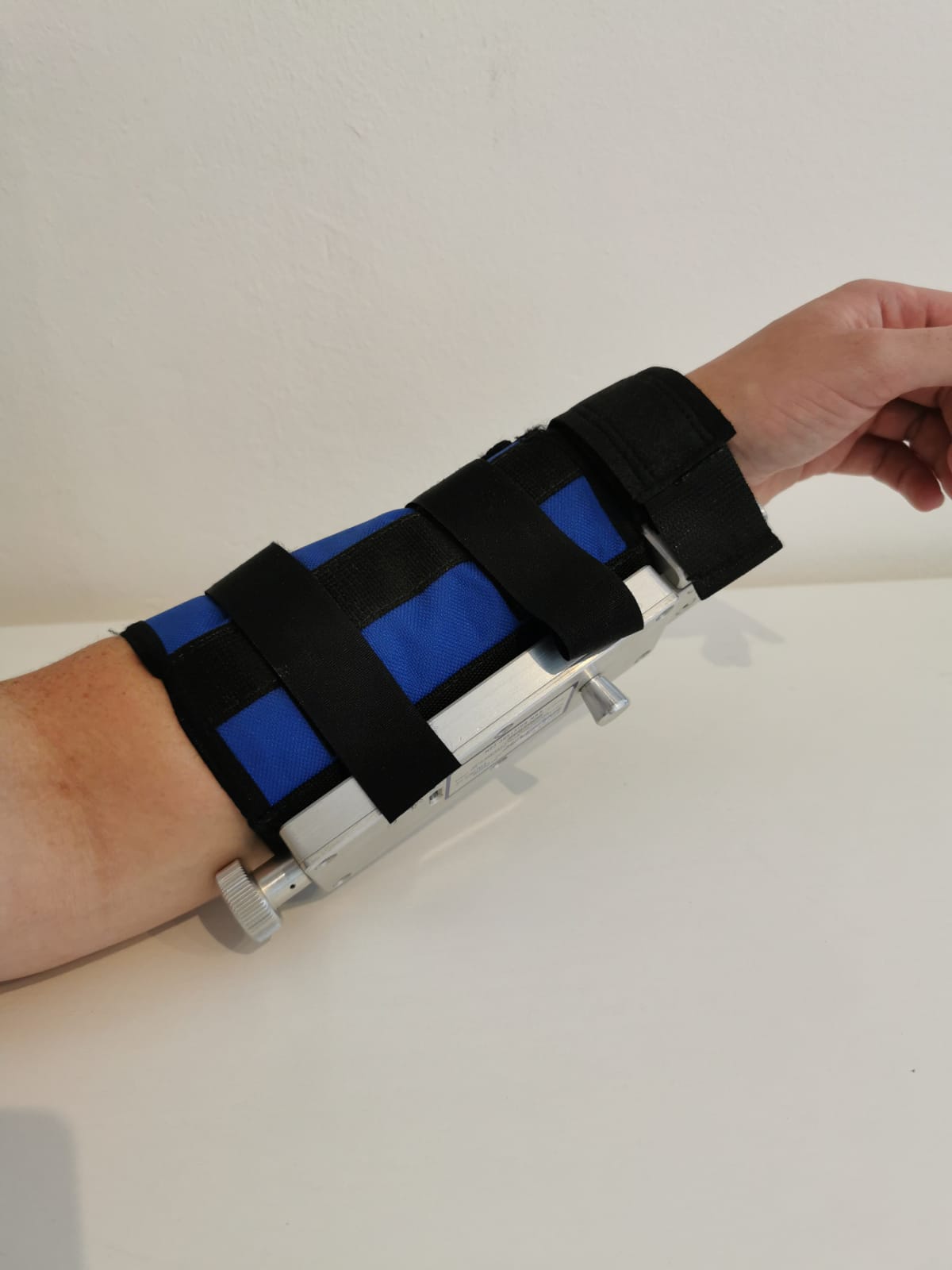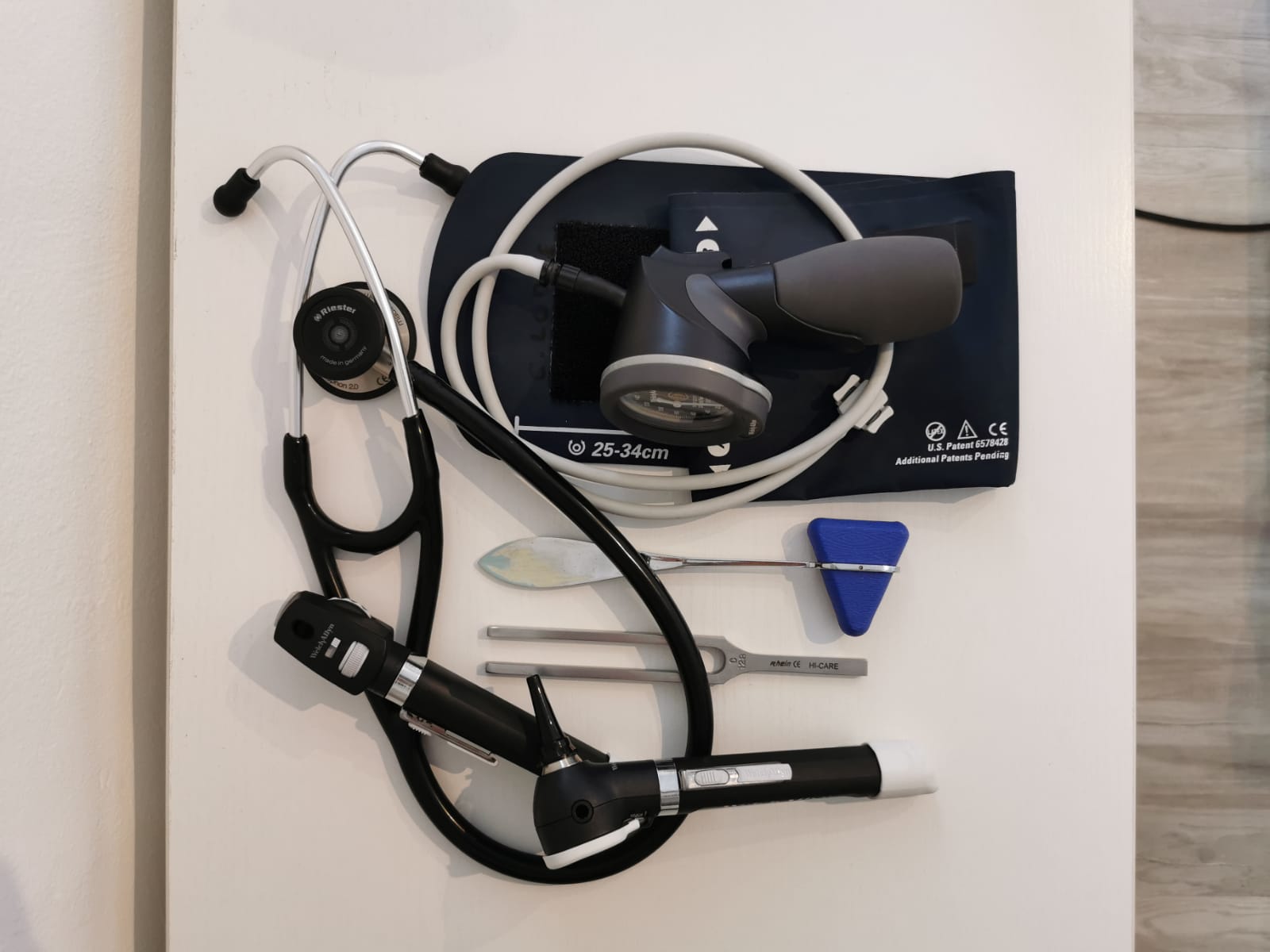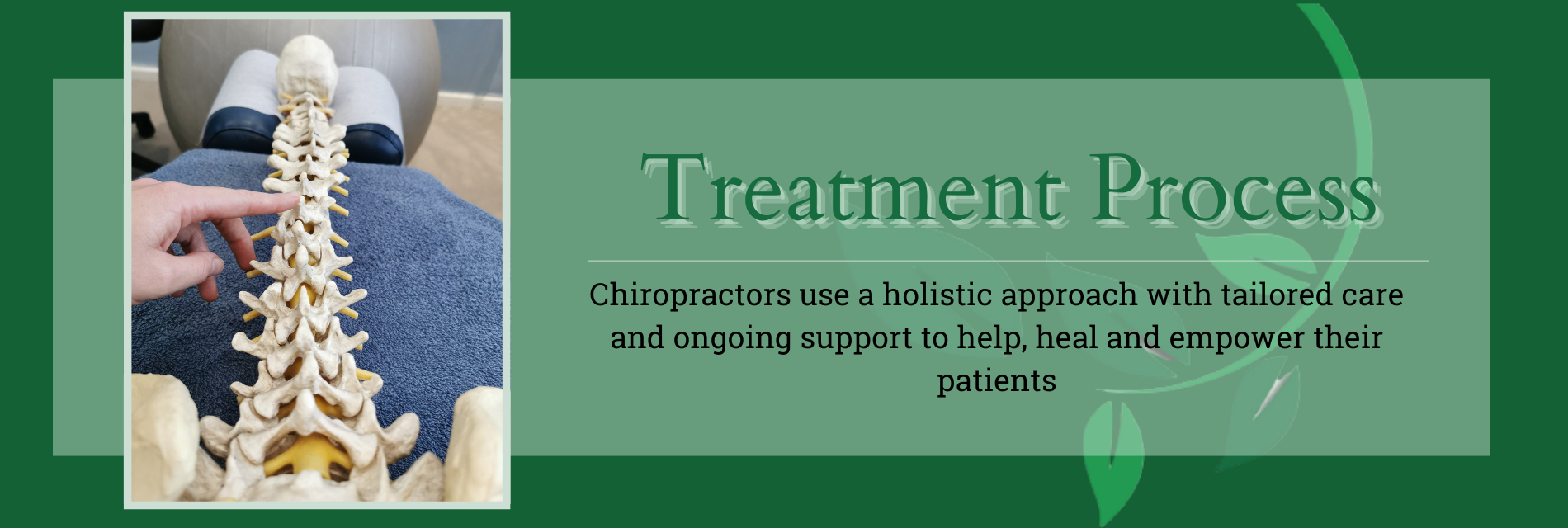
The Treatment Process
It is important to understand the phases of chiropractic care as they give the patient a better understanding of where they are in the recovery process. Because chiropractic addresses core physiological and biomechanical problems in the body without the aid of drugs or surgery, it can often take some time. Some conditions may respond in a few visits, while others may take longer.
Please select the tabs below to learn more:
Relief care is the first stage of care as most patients initially go to a chiropractor because they are in pain. The primary goal during this short initial stage is to provide the individual with symptomatic relief. Treatments focus on those techniques and therapies which most quickly and effectively reduce pain, discomfort and immobility. This will allow the majority of individuals to continue their activities of daily living whilst on the road to recovery. Patients are generally recommended to stay MOBILE and FUNCTIONAL so long as there is not a risk of further injury or tissue damage. Therapies that reduce inflammation and muscle spasm are also used during this stage.
Intensive care can last anything form a few days to several weeks, but this process will usually require two to three treatments within the space of a week.
Muscle and other soft tissue damage often remains long after the original symptoms have improved as tissue healing and functional correction is still incomplete. During this second phase the chiropractor focuses on stabilising and strengthening the spine so that the patient is a lot more comfortable. Patients who choose to discontinue care at this time are more likely to have the symptoms come back weeks or even months later. This can, in most cases, be prevented with the proper rehabilitation and treatment plan. Correcting the problems and lifestyle issues which caused and contributed to the onset of the condition will help dramatically in this process.
During this phase, which lasts from a few weeks to several months, the patients do not require treatment as frequently as in phase 1, with the time between treatments being successively extended to allow the body to start to take care of itself. During this phase it is also advisable to do exercise and stretching to further enhance the progress made.
Do not be discouraged if you have mild flare-ups in your symptoms on occasion as this is normal. Flare-ups are bound to occur during this phase because your body has not fully healed yet. The time of healing depends largely on the severity of your injury or condition and how long you have been suffering from it. This phase usually lasts 4-8 weeks.
Once your body is functioning at its optimum, regular maintenance chiropractic care can help ensure that your physical problems do not return. Just like continuing an exercise program and eating well in order to sustain the benefits of exercise and proper diet, continued chiropractic care benefits your spine, nervous system and general well-being.
When you make routine chiropractic care a part of your lifestyle, you avoid many of the aches and pains that so many people suffer, your joints will last longer and you will be able to engage in more of the activities you love. Once the spinal tissues are healed and spinal biomechanics have normalized the patient will be recommended to continue with periodic spinal checkups and treatment. For some this might mean once per year, for others this may mean once per month or more. Chiropractic spinal checkups provide similar benefits to the spine that dental checkups provide to the teeth – namely, catching minor problems and disturbances before they have the opportunity to cause pain, discomfort and irreversible tissue changes.
How long you decide to benefit from chiropractic care is, of course, always up to you.

The Importance of Consent


